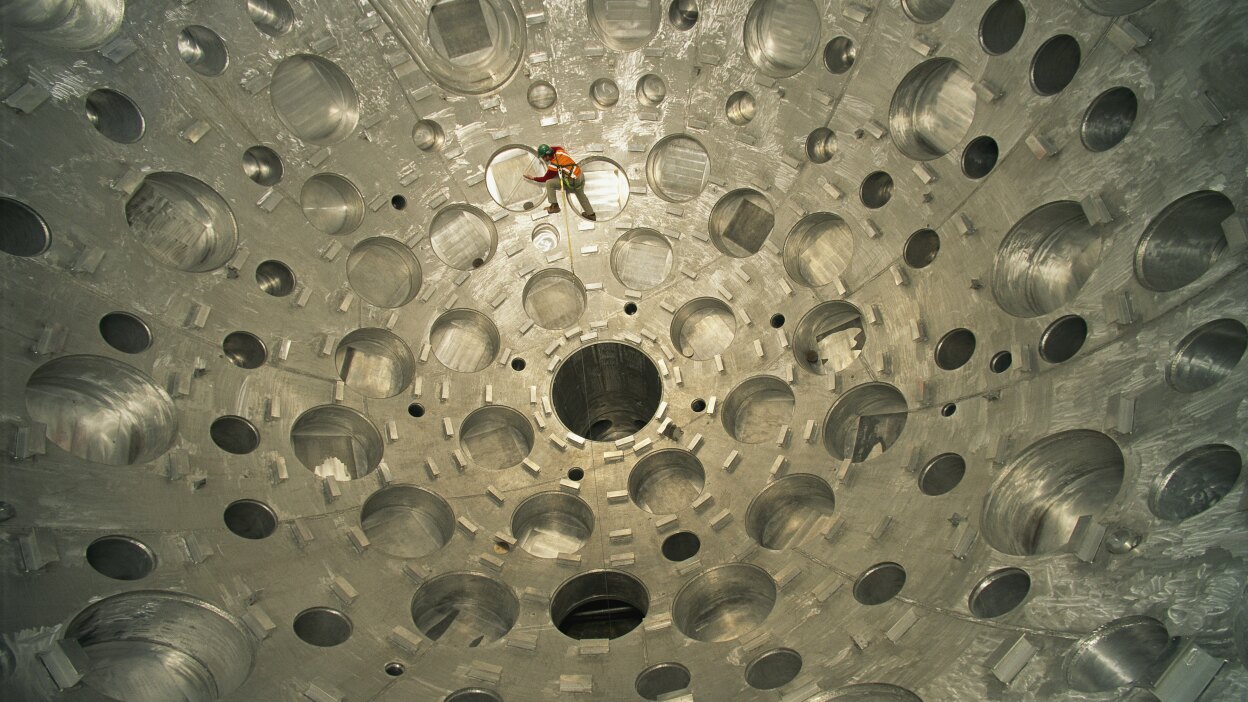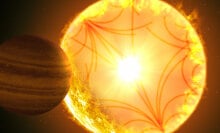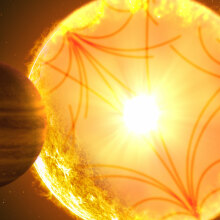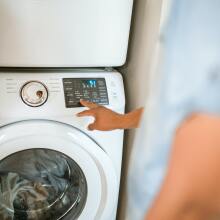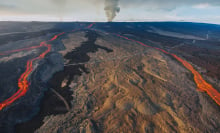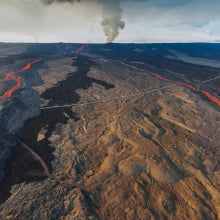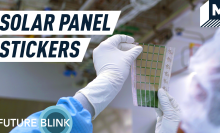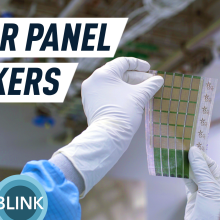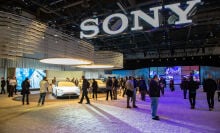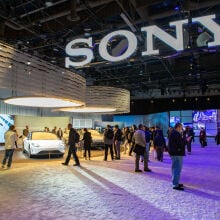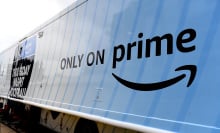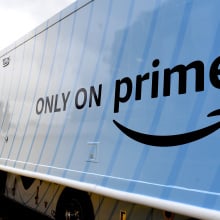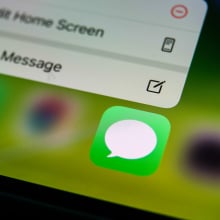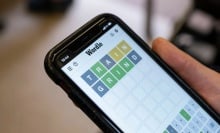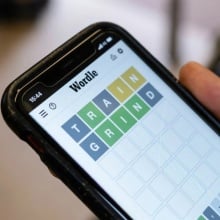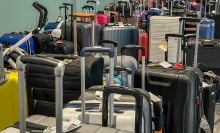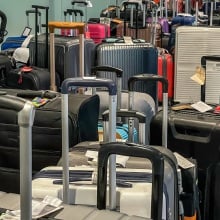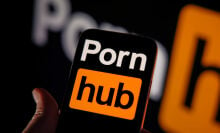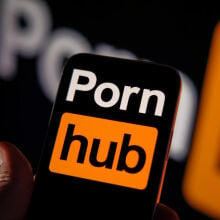Nuclear fusion as a source of energy for electricity is plausible, an experiment at Lawrence Livermore National Laboratory in Northern California has demonstrated. Using 192 lasers, the research undertaking reached the point in fusion experimentation known as "fusion ignition" for the first time.
At a press conference Tuesday morning, Secretary of Energy Jennifer M. Granholm called it a "fusion breakthrough that will go down in the history books."
While this doesn't mean you can flip on the lights in your house and use fusion energy for at least decades, history will indeed record today as a breakthrough. Here's what it may say: On Dec. 5, 2022, the Lawrence Livermore team aimed many lasers at some hydrogen atoms, pulled the trigger, and for a split-second the atoms became a plasma that generated a fusion reaction. The lasers gave off 2.05 megajoules of energy, and that energy in turn caused a reaction that heated those atoms to millions of degrees Celsius. Under such sunlike conditions, these types of atoms fuse and become helium, and in this case, that fusion gave off 3.15 megajoules of energy.
In other words, this fusion reaction produced about 1.5 times as much fusion energy as the lasers gave off with their beams.
You can think of previous fusion experiments as a little like matches striking against the phosphorus strip on the matchbox and producing sparks. This was the first time the match head actually produced a flame. But this flame is still too short-lived and inefficient to light the paper stick, and then be used to light other things.
Scientists have been working toward a demonstration like this for almost 100 years, ever since British physicist Arthur Eddington’s 1926 paper, "The Internal Constitution of the Stars," was published. And researchers have been fusing atoms for decades. You can even make a fusion reactor in your garage if you want (probably don’t do this).
The challenge was fusing those atoms efficiently enough to call it an energy source instead of a big energy drain, and in a manner of speaking, that remains the challenge moving forward.
Fusion may well be the king of all clean energy sources at some point, potentially later this century. But fusion’s development timeline unfortunately means, breakthrough or not, it’s not a realistic solution to the climate crisis. Lawrence Livermore’s latest fusion reaction produced a net gain in energy within the boundaries of the experiment itself, but what it didn’t do, crucially, was produce enough energy to power the facility that performed the experiment with enough left over to do it again, thus becoming a self-sustaining engine that puts electricity onto the power grid.
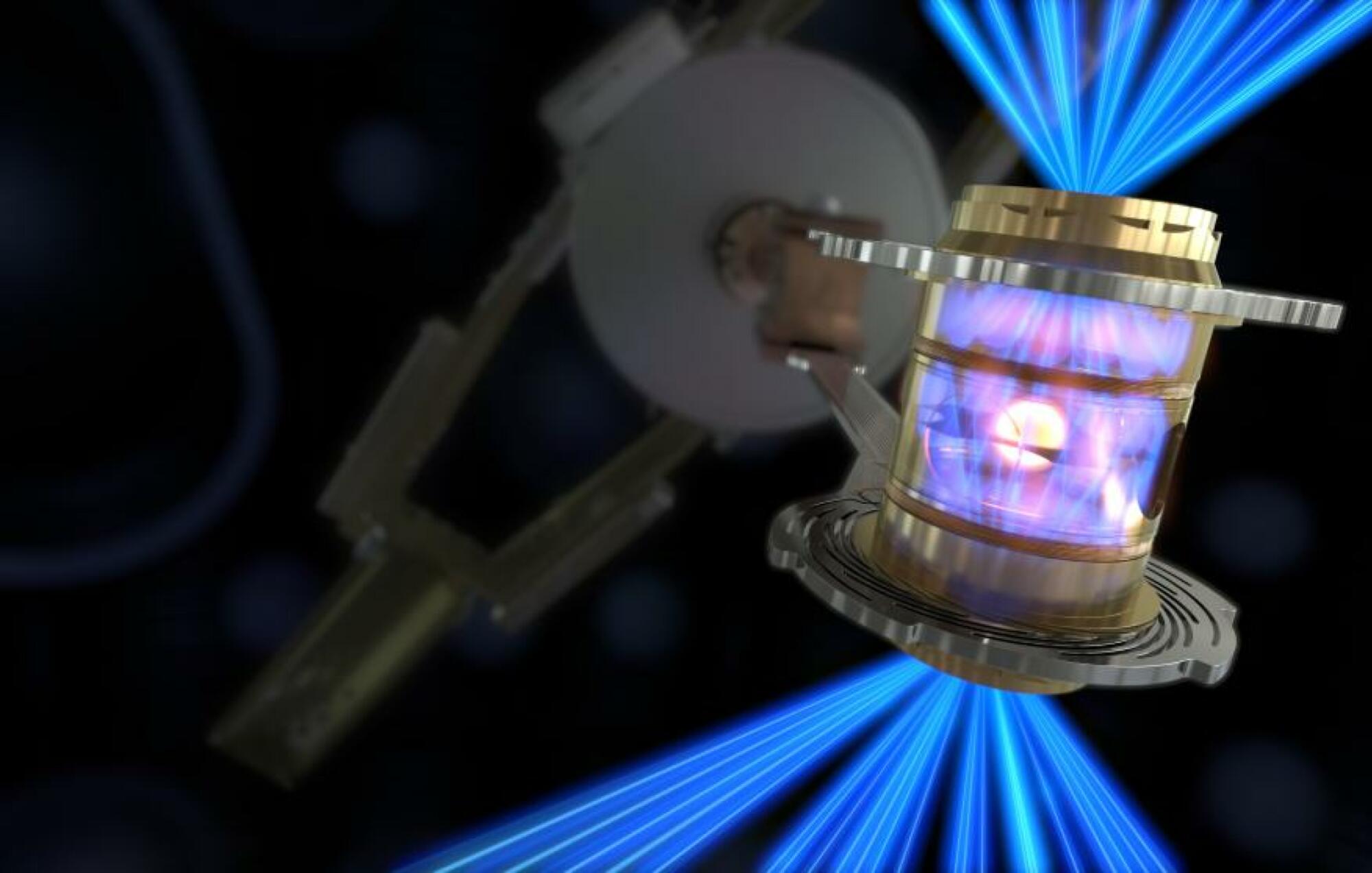
This isn’t some dark secret. Kim Budil, director of the Lawrence Livermore National Laboratory broke this part down at Tuesday’s event (using rounded numbers): "The laser requires about 300 megajoules of energy from the wall, to drive two megajoules of laser energy which drove three megajoules of fusion yield," she said, adding, "Our calculations suggest that it’s possible with a laser system at scale to achieve hundreds of megajoules of yield. So there’s a pathway to a target that produces enough yield, but we’re very distant from that right now."
At face value, it’s disappointing that the overall efficiency of this system is less than one percent, given that it’s being touted as perhaps the biggest fusion breakthrough of all time. But there are other methods that don’t rely on 192 lasers, and might have a better shot at generating grid energy. One trusty method uses a magnetic field to contain the aforementioned millions-of-degrees-hot fuel and hold it in place, instead of laser-blasting it into oblivion. Such experiments produced similar breakthroughs back in the early 1990s — though nothing as headline-grabby as an actual ignition.
But, by coming in the same year as a doubling of private sector funding for nuclear fusion as an energy source, this ignition breakthrough is well-timed to redefine fusion in the popular imagination. Fusion has also been part of recent energy security discussions brought about by the war in Ukraine. As Russian control over oil and gas supplies jeopardizes Europe's ability to provide enough energy to heat itself this winter, and as Ukraine and Russia have waged battles near exponentially more dangerous nuclear fission facilities, the promise of a plentiful and relatively safe form of energy has never been more welcome.
There's a famous cliché about fusion being "30 years away" forever. Now we need a new joke, because that timeline is out of date, and we know fusion really is coming. But in the meantime, it'd be wise to keep building powerful wind turbines, and don't go selling your solar panels.
